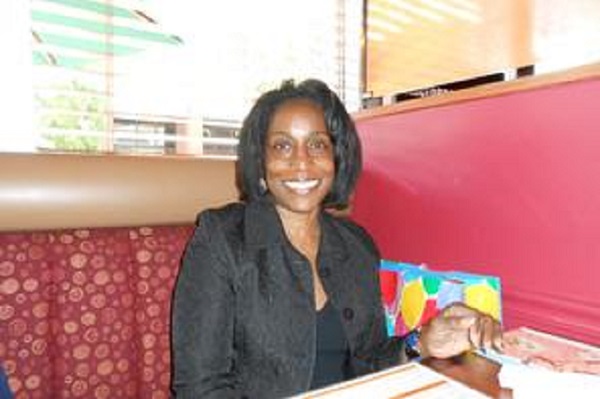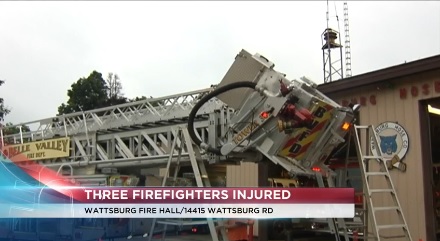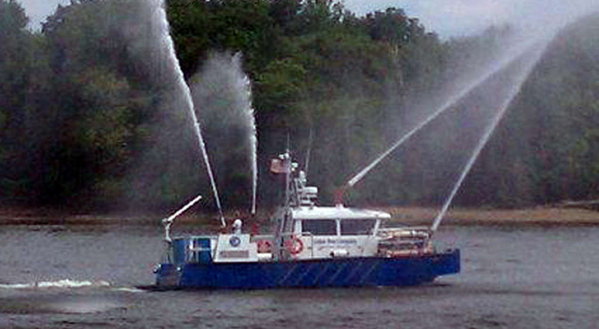Making the case EMS should risk more at mass shootings
Kevin Hazzard worked as a paramedic in Atlanta for about 9 years and wrote a book “A Thousand Naked Strangers: A Paramedic’s Wild Ride to the Edge and Back.” Hazzard is also a staff writer for the CBS series “Code Black.” Now Hazzard has written an opinion piece, posted yesterday (Friday) at washingtonpost.com, that is likely to cause a lot of discussion in fire and EMS. It’s titled: “Paramedics are taught not to risk their lives after mass shootings. They should.”
Kevin Hazzard believes it’s time to train EMS to take more risk in order to save lives during mass shootings. Hazzard starts his column by asking where EMS was during the Pulse nightclub shootings in Orlando. He points out they were 100 yards away waiting for three hours for police to secure the scene.
Hazzard tries to make the case that more lives will be saved by EMS being trained to be more aggressive and to be able to move in alongside law enforcement.
Which is why it’s time for emergency responders to adopt a new model, one that acknowledges the reality of our jobs: We’re not just medics; we’re cops, too.
It’s interesting that toward the end of the column Hazzard seems to make a somewhat contradictory statement as he urges EMS to stick to the core goal of patient care: “Paramedics cannot be cops, and they shouldn’t try to be.”
Here’s another excerpt from Kevin Hazzard’s article. I encourage to read the entire thing:
Some places are already heeding this call. Departments such as Dallas Fire-Rescue and Pennsylvania’s West End Ambulance Service have ordered bulletproof vests and helmets for paramedics. In states including Michigan, Virginia and New York, EMS departments are teaching paramedics how to enter violent scenes long before they’re deemed “safe” in order to speed up treatment and save more lives. In this “rescue task force” training, endorsed by FEMA, paramedics learn the language and choreography of armed entry.
They learn how to team up with armor-clad cops to enter buildings where active shooters are on the loose. They learn how to identify “warm zones” — relatively safe areas at a shooting scene where patients can be collected, treated and readied for transport. Rather than diagnosing and treating patients where they’re found, the rescue task force model focuses on rapid triage, stabilizing life-threatening injuries and getting patients off the scene as quickly as possible. “We have to get in there to stop the dying,” E. Reed Smith, medical director of the Arlington County Fire Department in Virginia, told the Los Angeles Times. “As long as we’re standing outside, we have not stopped the dying.”








